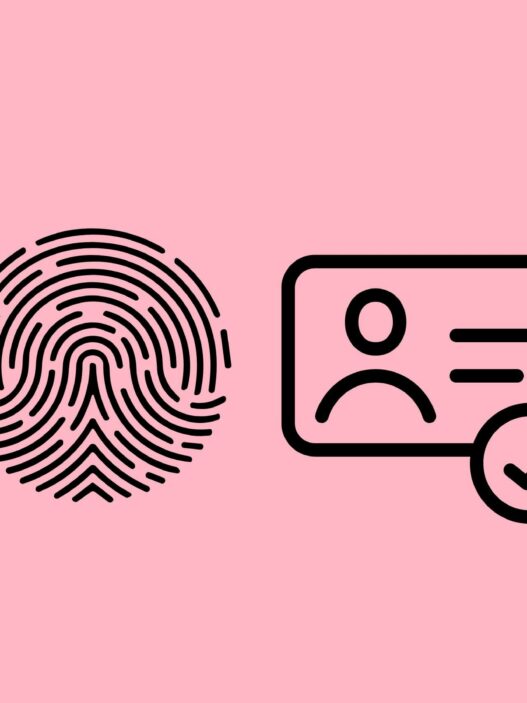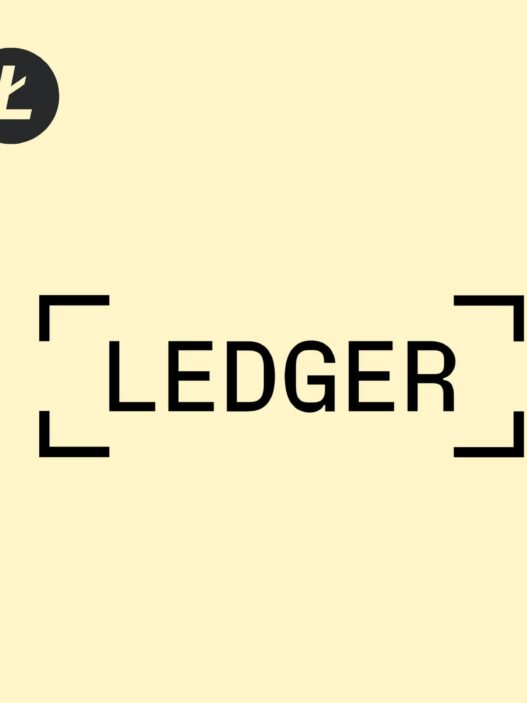The cryptocurrency market has seen immense growth over the past decade, with Bitcoin (BTC) leading the way as the first decentralized digital currency. However, Bitcoin’s volatility and high transaction fees have hindered its use as an everyday medium of exchange. Instead, investors view it as a store of value, similar to digital gold.
Stablecoins emerged as a solution to these challenges, offering price stability while maintaining the advantages of cryptocurrencies. With their value pegged to stable assets such as fiat currencies, commodities, or other cryptocurrencies, stablecoins provide a reliable alternative to volatile digital assets. Their increasing adoption in payments, remittances, decentralized finance (DeFi), and financial inclusion highlights their importance in the evolving digital economy.
The Origins and Evolution of Stablecoins
The concept of stable digital assets dates back to 2012, when J.R. Willett introduced the idea in “The Second Bitcoin White Paper.” His Mastercoin protocol proposed improving Bitcoin’s stability by creating digital assets pegged to external values. Following this, BitShares introduced bitUSD in 2013, a collateral-backed stable asset designed to track the value of the US dollar.
Ethereum co-founder Vitalik Buterin, in 2014, highlighted the necessity of stable assets, recognizing that blockchain technology was gaining traction while Bitcoin as a currency faced skepticism. His prediction proved accurate as stablecoins gained momentum, offering a way to combine blockchain benefits with price predictability.
How Stablecoins Work
Stablecoins function as digital currencies backed by a reserve of assets. Their primary goal is to maintain a stable value while leveraging blockchain’s efficiency, transparency, and security. There are three primary types of stablecoins:
- Fiat-Collateralized Stablecoins
- These stablecoins are backed by fiat currencies like the US dollar, euro, or yen held in reserves.
- Examples include Tether (USDT), USD Coin (USDC), and Binance USD (BUSD), each pegged 1:1 to the US dollar.
- Issuers of these stablecoins maintain bank reserves equivalent to the number of coins in circulation to ensure stability.
- Commodity-Collateralized Stablecoins
- These stablecoins are backed by real-world commodities such as gold, silver, oil, or real estate.
- Examples include PAX Gold (PAXG) and Tether Gold (XAUT), which allow investors to hold digital gold.
- They provide the security of physical assets while maintaining blockchain’s efficiency.
- Algorithmic Stablecoins
- These stablecoins use smart contracts and algorithms to manage supply and demand without direct collateral.
- TerraUSD (UST) was one such example before its collapse in 2022, which highlighted the risks of algorithmic stablecoins.
- Though innovative, algorithmic stablecoins remain controversial due to their susceptibility to extreme market fluctuations.
Use Cases and Benefits of Stablecoins
Stablecoins have multiple use cases across various sectors, making them a critical component of the digital economy. Some of the most prominent applications include:
- Daily Transactions and Payments
- Unlike volatile cryptocurrencies, stablecoins offer price predictability, making them ideal for everyday purchases, bill payments, and salaries.
- Companies like PayPal and Visa have integrated stablecoins to facilitate seamless cross-border payments.
- Remittances and Financial Inclusion
- Stablecoins provide an efficient, low-cost alternative to traditional remittance services such as Western Union.
- Individuals in developing countries with unstable currencies can use stablecoins to preserve wealth and conduct transactions without intermediaries.
- Decentralized Finance (DeFi)
- DeFi platforms use stablecoins for lending, borrowing, yield farming, and staking.
- Stablecoins provide liquidity to decentralized exchanges (DEXs) and minimize exposure to crypto volatility.
- Hedging Against Inflation
- In countries experiencing hyperinflation, such as Venezuela and Argentina, stablecoins offer a more reliable store of value.
- Citizens can convert unstable national currencies into stablecoins to protect their purchasing power.
- Tokenized Assets and Real Estate
- Platforms like Blockimmo allow real estate investments using stablecoins like XCHF (Swiss Franc-backed stablecoin).
- Investors can fractionalize real estate, making property investments accessible to a global audience.
Stablecoins vs. Traditional Banking
Stablecoins have significant advantages over traditional banking systems, such as:
- Faster Transactions: Blockchain-based stablecoin transfers settle in minutes, while banks may take days.
- Lower Costs: Eliminates intermediaries, reducing fees associated with cross-border transactions.
- 24/7 Availability: Unlike banks, stablecoins operate round-the-clock without restrictions.
- Greater Accessibility: People without bank accounts can use stablecoins via digital wallets, bridging financial gaps.
However, challenges remain, including regulatory scrutiny, security risks, and the need for transparency among stablecoin issuers.
Regulatory Challenges and the Future of Stablecoins
Governments and financial regulators worldwide are scrutinizing stablecoins due to concerns over financial stability, consumer protection, and illicit activities. Key regulatory discussions include:
- Reserve Transparency: Regulators demand stablecoin issuers disclose reserve audits to ensure solvency.
- Central Bank Digital Currencies (CBDCs): Governments are exploring CBDCs as state-backed alternatives to private stablecoins.
- Compliance with Anti-Money Laundering (AML) and Counter-Terrorism Financing (CTF) Regulations: Authorities seek measures to prevent illegal activities using stablecoins.
Despite regulatory hurdles, stablecoins are poised to play an essential role in the future of digital finance. As blockchain adoption increases, the integration of stablecoins with traditional financial systems will likely expand.
What Next?
Stablecoins serve as a critical bridge between volatile cryptocurrencies and traditional finance. Their ability to offer stability while harnessing blockchain’s efficiency has positioned them as a transformative force in global finance. Whether for payments, remittances, DeFi, or wealth preservation, stablecoins are redefining how people interact with money.
As regulatory frameworks evolve and technological advancements continue, stablecoins have the potential to drive financial inclusion, reshape banking, and enhance global economic stability. Investors, businesses, and policymakers must collaborate to establish a secure and transparent stablecoin ecosystem that benefits everyone.






















